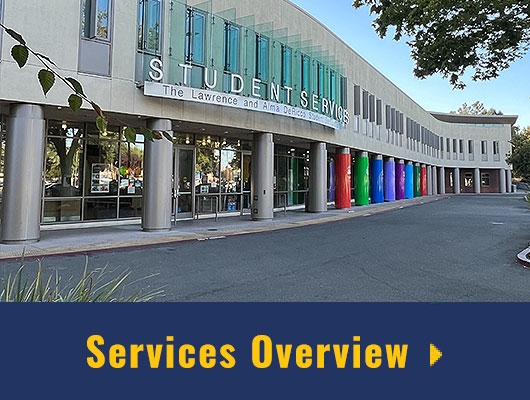Managers and supervisors should recommend that employees who are sick remain off-duty (i.e., on sick leave) until symptoms resolve, and that they seek medical assistance, as appropriate. Anyone sick and believed to be at risk for COVID-19 infection should be advised to seek medical assistance and follow the CDC recommendations:
- Stay home except to get medical care.
- Separate yourself from other people in your home and avoid sharing personal household items.
- If you have a medical appointment, call the health care provider and tell them that you are concerned about the possibility of COVID-19 infection before going to the doctor’s office.
- Wear a facemask when you are around other people.
- Cover your coughs and sneezes with a tissue.
- Clean your hands often with soap and water for at least 20 seconds, or use hand sanitizer that contains at least 60% alcohol.
- Seek prompt medical attention if your illness is worsening.
- If you are placed under active monitoring, or facilitated self-monitoring, follow the instructions provided by your local health department or occupational health professional, as appropriate.
- Consult with your health care provider before discontinuing home isolation.
If an employee declines to take leave, managers and supervisors should consult with Human Resources and Division Offices for assistance in determining whether there is objective evidence of illness. If there is objective evidence of illness, and an employee refuses to take leave, a manager or supervisor may, over the objection of the employee, require that the employee leave the workplace.
Managers and supervisors should seek assistance from their HumanResources or Division Offices before taking any action to ensure that all appropriate options have been considered. Action should not be taken based solely on a manager’s or supervisor’s subjective assessment of an employee’s medical condition.
Employees who are sick with a contagious acute respiratory illness should be advised to remain at home for at least 24 hours after they are free of fever (≥ 100° F / 37.8° C) and signs of fever (without the use of fever-reducing medications) to minimize the spread of the pathogen. Employees should seek immediate medical care if symptoms become more severe (e.g., high fever, difficulty breathing, etc).






